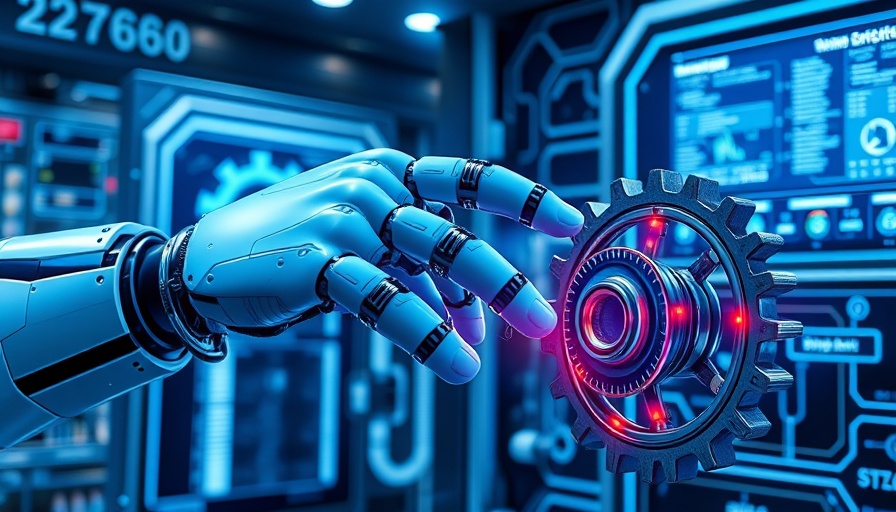
Understanding the Datadog App Builder
The rapid evolution of DevOps practices demands tools that facilitate seamless integration and high adaptability. Enter the Datadog App Builder, a game-changing platform designed to optimize and diversify how organizations manage their private infrastructures. By streamlining processes and enhancing visibility across systems, companies can significantly improve operational efficiency and agility. This is especially crucial in an era where Agile methodologies are gaining traction, and organizations are striving to create value at every stage of their workflows.
Why Private Infrastructure Matters
As businesses scale, the complexity of their infrastructures also increases. Private infrastructures allow companies greater control over security and compliance, which is particularly crucial in industries handling sensitive data. With Datadog's App Builder, organizations can better monitor their custom applications and ensure that they align with regulatory requirements while still leveraging the benefits of Agile workflows. This focus on security and compliance is a vital aspect of the DevSecOps movement, which integrates security directly within the DevOps process rather than treating it as an afterthought.
Agile DevOps: The Perfect Union
The synergy between Agile methodologies and DevOps practices creates a robust framework for continuous improvement and innovation. The Datadog App Builder plays a crucial role in bridging this gap, enabling teams to quickly deploy changes and adapt to feedback while ensuring that their applications remain stable and secure. This combination not only optimizes resource utilization but also streamlines the deployment process, yielding faster product releases and enhancing overall user satisfaction.
Real-World Applications of the Datadog App Builder
Organizations worldwide have recognized the invaluable benefits of leveraging the Datadog App Builder within their ecosystems. For example, a leading financial institution integrated this tool into its infrastructure to enhance monitoring capabilities, which resulted in a 40% reduction in incident resolution time. Such success stories underline the importance of adopting tools that can evolve alongside Agile and DevSecOps methodologies.
Future Predictions: The Impact of Datadog on DevOps
Looking ahead, the integration of tools like Datadog will likely reshape the landscape of DevOps by prioritizing multi-faceted project management and infrastructure governance. As companies continue their digital transformations, they will need solutions that not only meet today’s demands but also anticipate future challenges. With advances in AI and machine learning, future iterations of the Datadog App Builder could further enhance predictive analytics, helping teams proactively address potential vulnerabilities before they escalate.
Practical Insights for Organizations
For organizations considering the leap into enhanced DevOps practices, understanding how to effectively utilize tools such as the Datadog App Builder is essential. Teams should prioritize training and upskilling members on how to integrate this tool seamlessly with existing practices. By fostering an inclusive learning environment and encouraging cross-functional collaboration, organizations can maximize the potential of their investments in DevOps and Agile frameworks.
The integration of Datadog's solutions into private infrastructures empowers organizations to navigate the complexities of modern software development while maintaining a strong focus on security and compliance. By embracing these tools and methodologies, businesses are well-positioned to harness the full potential of their operations in today's fast-paced digital landscape.
 Add Row
Add Row  Add
Add 




Write A Comment